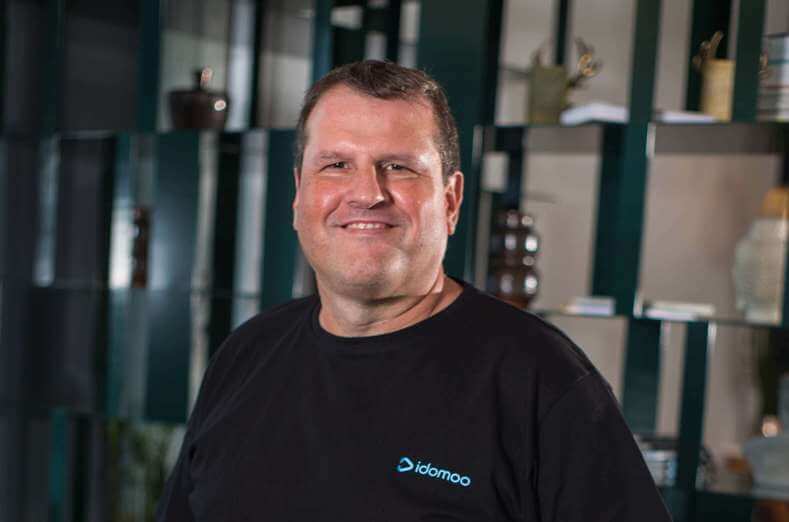A version of this article originally appeared on Tech12.
Today’s consumers are no longer brand loyal. Unlike the exhausting attempts of my parents’ generation to replace the cable company or their bank, the new generation of consumers can replace the service of any company with the push of a button. This trend forces companies to work harder to create trust, foster open communication and, above all, get to know individuals and their preferences.
So how do today’s customers want brands to talk to them? In our recent market study surveying 2,000 consumers from the U.K. and the U.S., we discovered that there are significant differences between generations and what they expect from the companies they do business with.
The results showed that over half of consumers want companies to talk to them via email, but that doesn’t mean they want paragraphs of text. Over 60% want more video from brands, and this preference is even stronger for the newest cohort of consumers.
Younger generations are demanding brands use advanced tech in their digital communications. Take zoomers, for instance. By 2030, this generation is expected to account for a quarter of the global income.
And the brands that have won their attention — TikTok, Instagram, Twitter — are becoming more and more video-centric. They’re planning and purchasing their clothes, gadgets and even flights through Instagram Stories and TikTok videos.
Adam Mosseri, CEO of Instagram, confirmed the platform’s push towards video content in a recent video published on Twitter.
👋🏼 There’s a lot happening on Instagram right now.
I wanted to address a few things we’re working on to make Instagram a better experience.
Please let me know what you think 👇🏼 pic.twitter.com/x1If5qrCyS
— Adam Mosseri (@mosseri) July 26, 2022
“I do believe that more and more of Instagram is going to become video over time. We see this even if we change nothing,” the CEO said. “If you look at what people like and consume and view on Instagram, that’s also shifting more and more to video over time, even when we stop changing anything.”
According to the study, Gen Z wants not just any brand videos but the very best. They want videos that are personalised, customisable and interactive.
The Issue With Brand Communications
But while some brands are embracing the world of video, many still hesitate to do so.
In our study, 74% of all consumers said they rarely or never receive video from businesses they’re a customer of. It’s obvious companies are at a crossroads. Should they make the switch to new video tech? What changes await them once they do?
Adding a new, innovative method of customer communication can be intimidating. We saw it firsthand with Mosseri and the backlash he received in changing Instagram’s direction.
But video won’t be going anywhere any time soon. This trend can’t be stopped. Just take a look at TikTok. The platform is incredibly successful, thanks to their ability to provide users with a video-centric experience. And other businesses, like Instagram, are recognising they must do the same.
With that being said, the coming year will bring new video technology, especially in the worlds of VR and interactivity. Brands will continue to learn and model TikTok’s success — and even take video even further. Which companies will adapt these new video technologies? Only time will tell, but I’m looking forward to seeing how it plays out.





